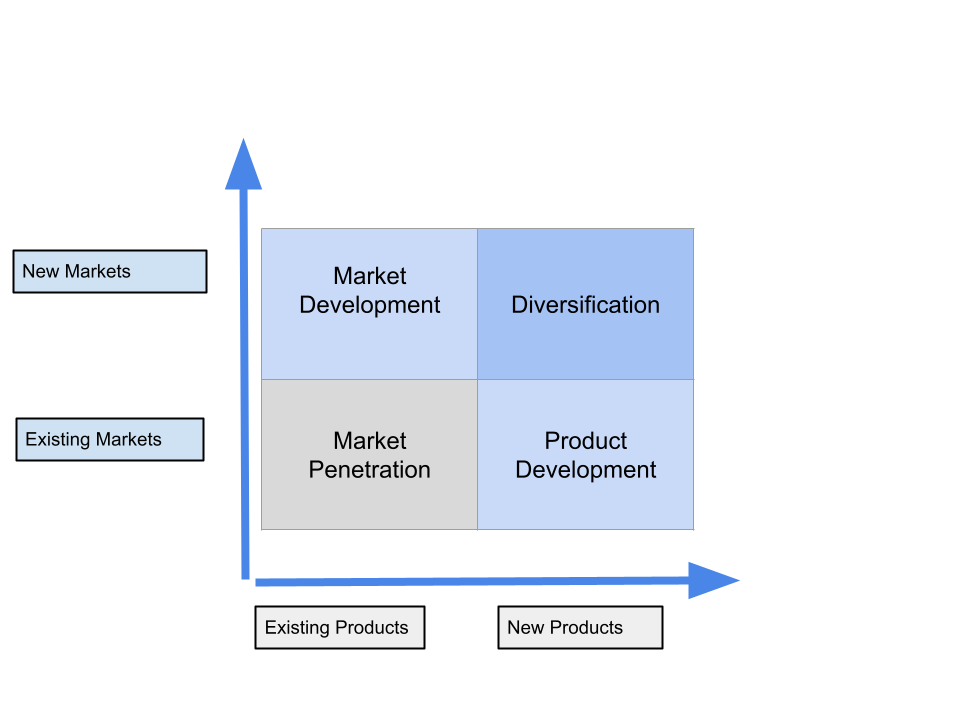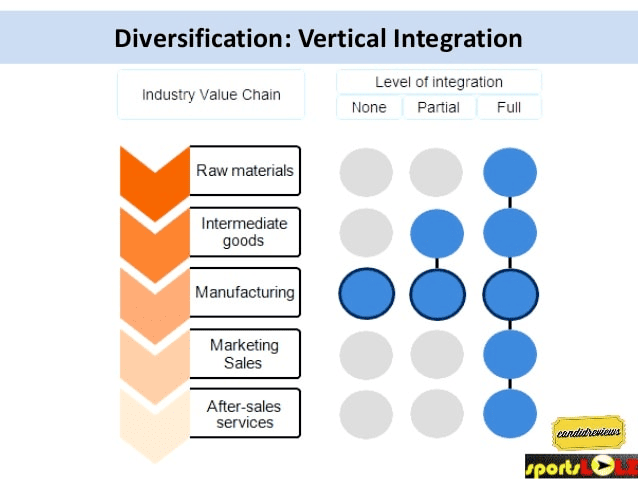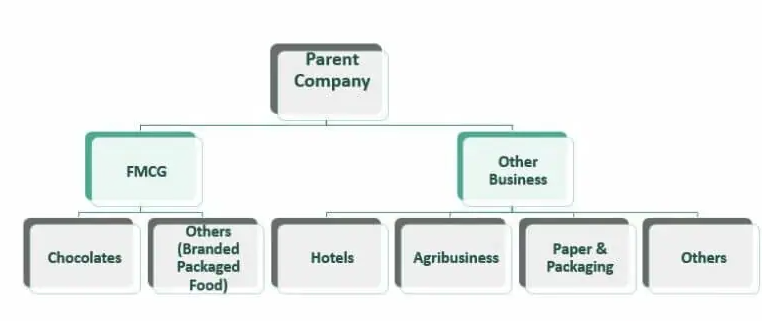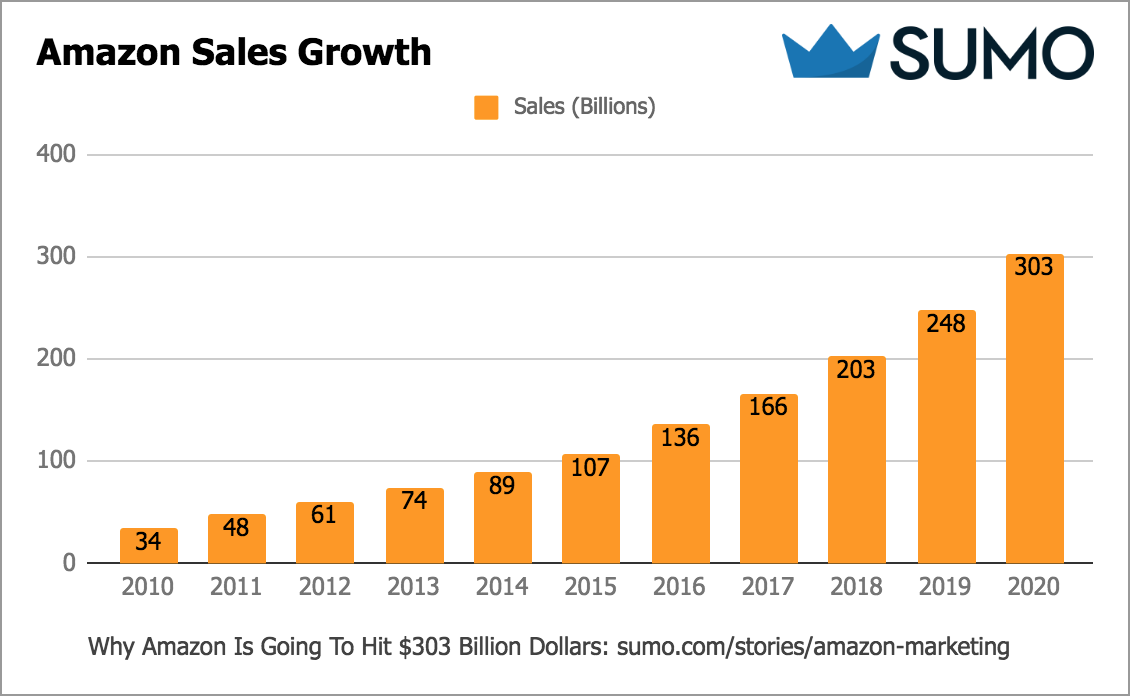Along with global uncertainty, all markets experience some volatility. Anyone in business or finance knows each industry has its ups and downs. Seasonal consumerism, politics, changing economies, and weather all contribute to unpredictability.
By diversifying your products and markets, you’ll lessen the overall dips in your business financials. At times, even your best products won’t be selling well. Your new products will carry the company through rough patches and remain profitable.
Maximize your company’s current resources
As companies grow in scale, efficiency becomes more important to continually increase revenue. The most successful large organizations run effective but efficient operations. When you implement diversification as a growth strategy, you’re leveraging existing resources (e.g., competencies, brand, etc.) to get multiple things done.
New product development can be applied to existing products. This can improve them and increase existing market differentiation. For example, a VoIP provider could leverage their communications tech. They could tailor a niche platform for contact center workforce management in addition to their core offerings.
Another opportunity could be increasing brand awareness in new markets. You may find your influence grows in your existing market while chasing a new target audience. Diversification is a must for businesses that want to maximize what they already have.
How to Measure Diversification Success
Any diversification strategy carries some risks. Higher risk means a higher reward. This means any diversification growth strategy requires careful and well-thought-out planning. Luckily, there are simple tests that can help predict the success of your diversification strategy.
Porter’s three tests
Michael Porter is a well-respected and famous economist who created Porter’s five forces analysis, among other things. For diversification, Porter developed three tests to validate any type of diversification.
Attractiveness test
The first test asks “how attractive is the new market?” In other words, is the new market going to generate more revenue than the cost of entering it? The current state, lifecycle, and market growth rate all contribute to overall market attractiveness.
The stage the market is in—startup/early, growing, or mature—affects the potential for success. And you should never enter a market if it isn’t a viable long-term option. It will rarely be worth it to diversify for temporary gains.
Cost of entry test
How much does it cost your business to enter a new market? The cost must be weighed against the potential revenue gains and existing financial resources of your company. But you will want to account for the entry costs as accurately as possible. If the estimates of cost vs gain are close, it’s likely not worth your time and money.
You and your team will need to conduct extensive market research and analysis. This includes doing your due diligence on any and all available information about the market leaders.























